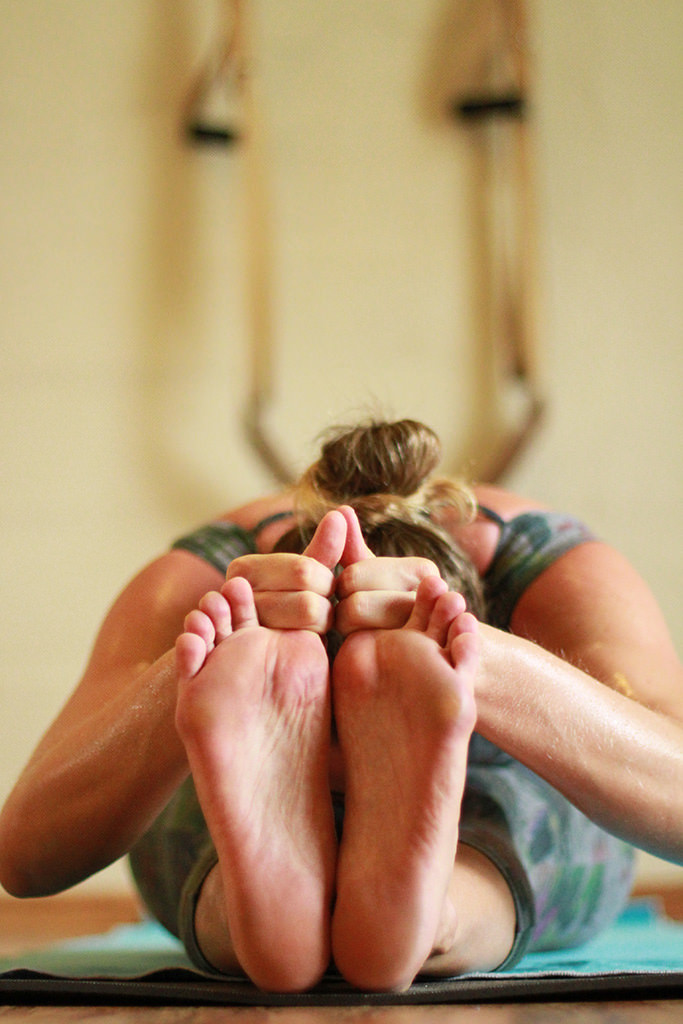

Coping with Anxiety: Part One: Finding Yoga | Adventure Yogi
Anxiety. It is something we all feel and yet struggle to accept or come to terms with.
“The root of all human suffering is that we believe our own thoughts”.
Hearing these words changed my whole outlook on life and, introduced me to yoga. I have spent a large portion of my adult life agonising over every thought that crosses my mind. From obsessing over conversations with my friends and family to feeling like an impostor in my career. Even, worrying about whether I was friendly enough to the sales assistant at the co-op. I know I have spent countless hours ruminating over thoughts about everything that ever has, will, or could ever happen. Equally, I’m sure that allowing my mind to dwell on these thoughts has gotten me nowhere.
Anxiety
The feeling of anxiety or worry is completely natural. It is a physiological response to what our nervous system perceives as danger. These responses can often be useful! How often have you ignored a “gut feeling” by over intellectualising it? Of course, then, 6 months down the line wished you had trusted yourself? Anxiety only becomes an issue when we worry or ruminate, to a point that is affecting our ability to live a happy, fulfilling life.
A couple of years ago, I was at this point. Feeling bogged down, high anxiety and completely ruled by negative thoughts. I felt like I was watching my life from behind a pane of glass. Connecting with others felt strained, and I spent a lot of time comparing myself with what I perceived as everyone else’s incredible lives. (Note: Don’t let all this social media business allow you to fall in love with someone else’s life whilst not appreciating yours!) From the outsider’s perspective, I was a happy, young, lucky, vibrant person; inside, my head was spaghetti. In short, I needed a break!
Finding Yoga to Help Anxiety
In desperate need to help my over-active mind and anxiety, and after a bit of an on-off relationship with yoga, I accidentally came across Ashtanga Vinyasa Yoga.
Ashtanga, (meaning eight limb), is an all-encompassing system made up of eight components that basically act as guides to living a healthy, purposeful life. Ashtanga Vinyasa Yoga is a very structured and ancient style of yoga that focuses on breath in conjunction with physical movement.
My lovely friend suggested me joining her in a class, and I was very reluctant. I had a quick google of Ashtanga classes, and thought it looked intense! Thankfully she dragged me there, and a few years down the line since I stumbled upon that class, I wanted to share with you three ways that the practice of Ashtanga Vinyasa Yoga helps me to calm my overactive mind.
How can Yoga help you calm your over-active mind?
Structure
Ashtanga series is a rigid pattern of postures linked in a flow sequence. The preliminary sun salutation series are simple, easy to remember, and connect movement to breathe. As a beginner, it is simple to print off an Ashtanga series cheat sheet and pop it next to your yoga mat for guidance. After practice, and mastering this series, you move on to the next. For me, the routine of following a structured sequence completely stops any ruminating going on in my brain, as I am fully immersed in the movement and breath. Which leads me to:
“Without vinyasa [a breath system], don’t do asana [yoga poses]. When vinyasa is perfect, the mind is under control.” Pattabhi Jois
Focus on the breath
Ashtanga Vinyasa, like many styles of yoga, focuses primarily on linking your movement with your breath. I find relaxing my mind extremely difficult, and like many people who have struggled with anxiety, the idea of sitting still and meditating is quite scary. But when I connect movement with breath, I find that my mind calms. It is recommended that you use the Ujjayi breathing technique whilst practicing your Ashtanga series. Quick guide here:
|
Ujjayi breath- Try this now wherever you are! It’s instantly calming 1) Make a “haaaaaah” sound with your mouth open when you exhale, like you’re steaming up some glass.
|

In any flow-based class, it is so easy to think about what pose you’re going into next, or that you want to be as bendy or as strong as the yogi next to you. A good Ashtanga class will urge you to experience the sensations or the pose at the point you are at before moving on. Many people stay on beginner’s series for years before “graduating” further. This, for me, is a great lesson.
I have often found myself concerned about a potential disaster happening in my life or what I imagine is going on in a situation I have no control over. However, in my yoga practice, I allow myself to accept the point that I’m at and to just enjoy and accept the full experience of who I am at that moment. I can’t be, or control, anything other than where I am this very moment.
“Imaginings are engendered byword […] without regard for what actually exists in the real world.” Patanjali
Living comfortably with anxiety is a long process, and I am just at the beginning of my journey. Those mean, niggly thoughts still come and go, but through my yoga practice, I am starting to learn that instead of tending to them as they rule me or fleeing from them as they scare me, I can greet them with a calm mind of warmth and compassion. In these moments, I am simply able to observe my thoughts with kindness and accept the true experience of who I am at that moment.
